The James Webb Space Telescope (JWST) has revealed a strange and chemically unique planet-forming disk surrounding the infant star XUE 10, located roughly 5,550 light-years away in a dense star-forming region. This discovery challenges existing models of how planets form and evolve.
Uncommon Chemical Composition
The protoplanetary disk contains unusually high levels of carbon dioxide (CO₂) while exhibiting an extreme scarcity of water vapor, particularly in the inner regions where rocky planets typically form. This contrasts sharply with most known planet-forming disks, which generally have water as a dominant component. Such an imbalance suggests that standard theories of disk chemistry may need to be revised.
Isotopic Surprises
Further analysis revealed that the CO₂ molecules in the disk are enriched with rare isotopes of carbon and oxygen. These isotopic anomalies provide valuable clues about the environment in which the star and its disk formed and hint at processes not commonly observed in other young star systems.
Implications for Planet Formation
The unusual composition raises questions about how planets could develop in such environments. Traditional models rely on water-rich materials migrating inward from the outer disk regions to contribute to planet formation. The lack of water in this disk implies that alternative formation mechanisms might operate in certain star systems, potentially producing planets with radically different characteristics.
Future Investigations
Astronomers plan to continue studying XUE 10’s disk to understand whether its unusual chemistry is a unique case or part of a broader pattern in the galaxy. Further JWST observations could provide critical insights into the diversity of planetary systems and refine our understanding of how planets like Earth come into existence.






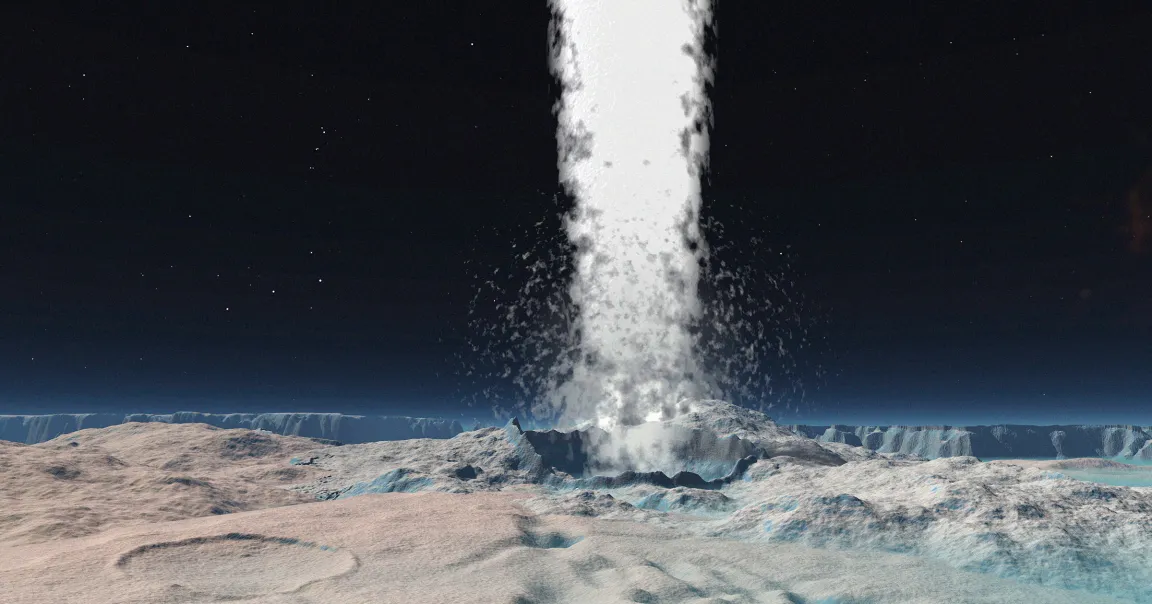
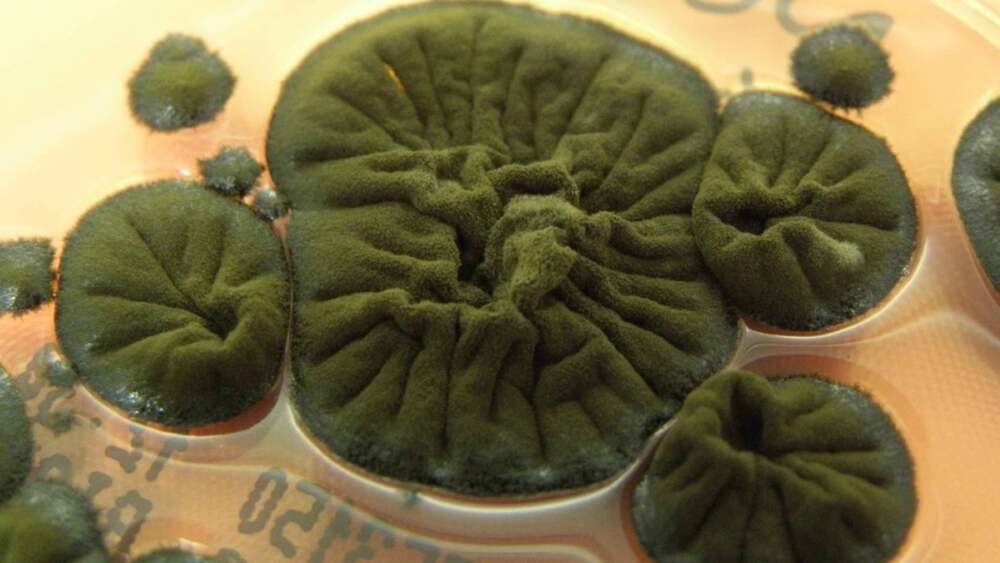
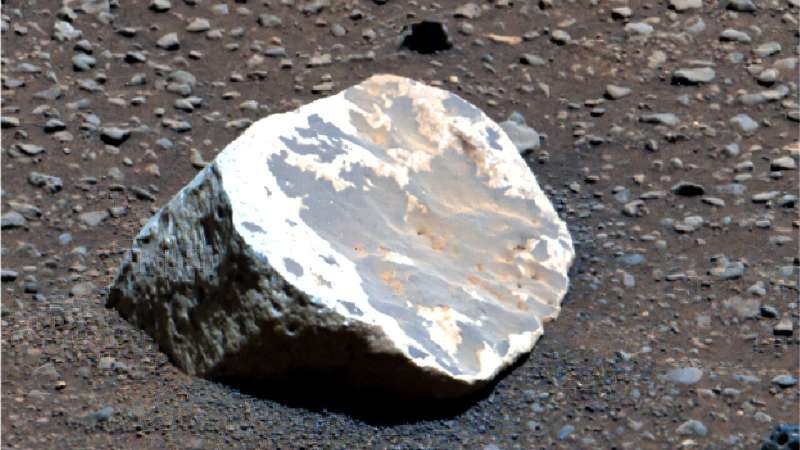
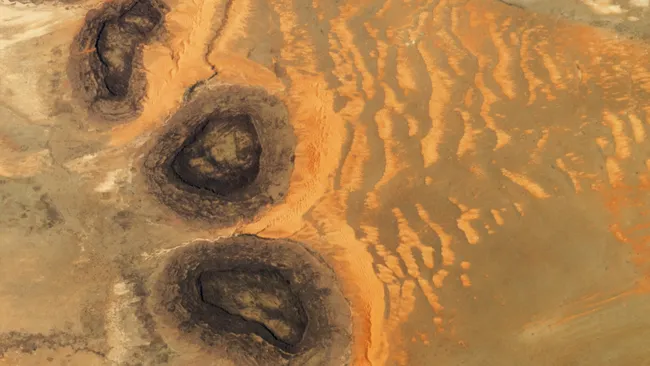

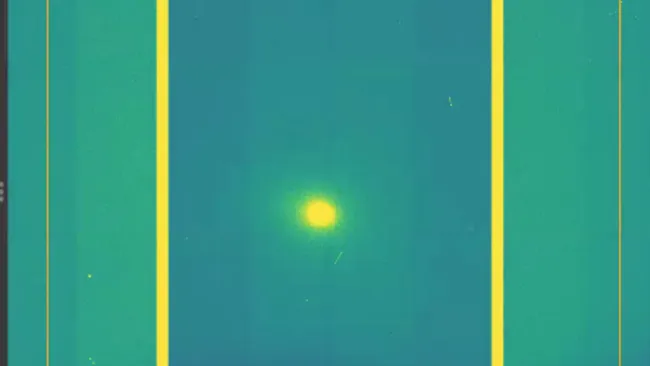




Leave a Reply